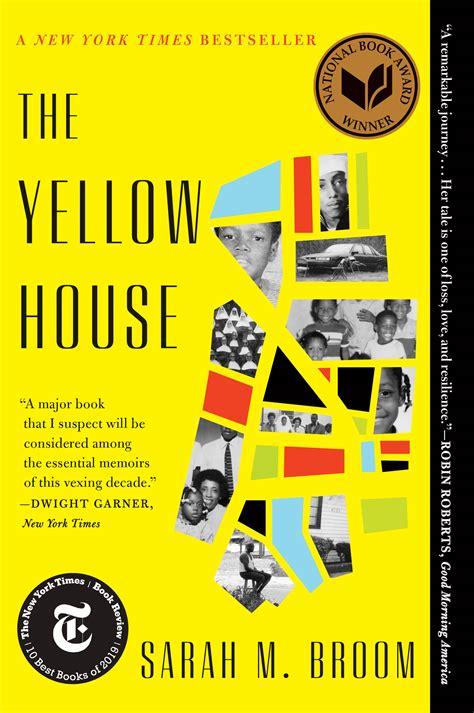Yellow Homes & Hearts
Shortly after my sister was born, when I was almost three years old, my family moved to a yellow house. It was a small frame house with crooked pine tree, a scraggly bent thing, looming over the front door. It had hardwood floors, a creaky staircase up to a small second floor, and back yard. I remember liking it immediately it because of the the neighborhood. It was full of other kids, kids that I think of to this day. There was a shared area with grass for playing – and we played together all the time. What sticks most in my memory about the house was its yellow color. We moved again when I was five. In the family it has always remained the “yellow house.”
As soon as I heard about Sarah Broom’s memoir, The Yellow House, I knew that I had to read it. Broom is a journalist and a writer. You may have read her in The New York Times or the New Yorker. She writes lyrically without being overly flowerly. There’s a directness and candor to her prose, a precision that I greatly admire. Her first book, The Yellow House, received the National Book Award for non-fiction, along with other awards and quite a bit of critical attention. The praise is well warranted. The memoir is a moving account of her family in New Orleans, the pushes and pulls that are her own personal narrative, and a broader lens that helps the reader more fully understanding the impact of Hurricane Katrina on individuals, families and communities.
As personal as Broom’s story is, and as careful as she is reporting the stories of her family and their voices, the book is also a larger account of Black history. Her mother’s decision to purchase the house in the 1950s is located carefully within a larger historical context, from the economic moment to the advertising that made the house so appealing. Broom is the youngest of twelve. She was not able to see clearly through much of childhood. She’s an outstanding listener, both in the family and outside of it. Broom is the family reporter and the collector of family voices. It is easy to see her at family events recounting tales of distant relatives. Broom’s ability to weave multiple voices and histories together into the book is extremely impressive. It also makes for an engaging read.
Ultimately, Broom’s mother and the family lost their yellow house. It exists now in their collective memory and in ours, thanks to the power of this book. It made me think long and hard about the very concept of home. It is physical, place-bound, but it mostly about people. Is is possible to have a home, truly, without a family it it? The Yellow House is a compelling story of family and place.
David Potash
